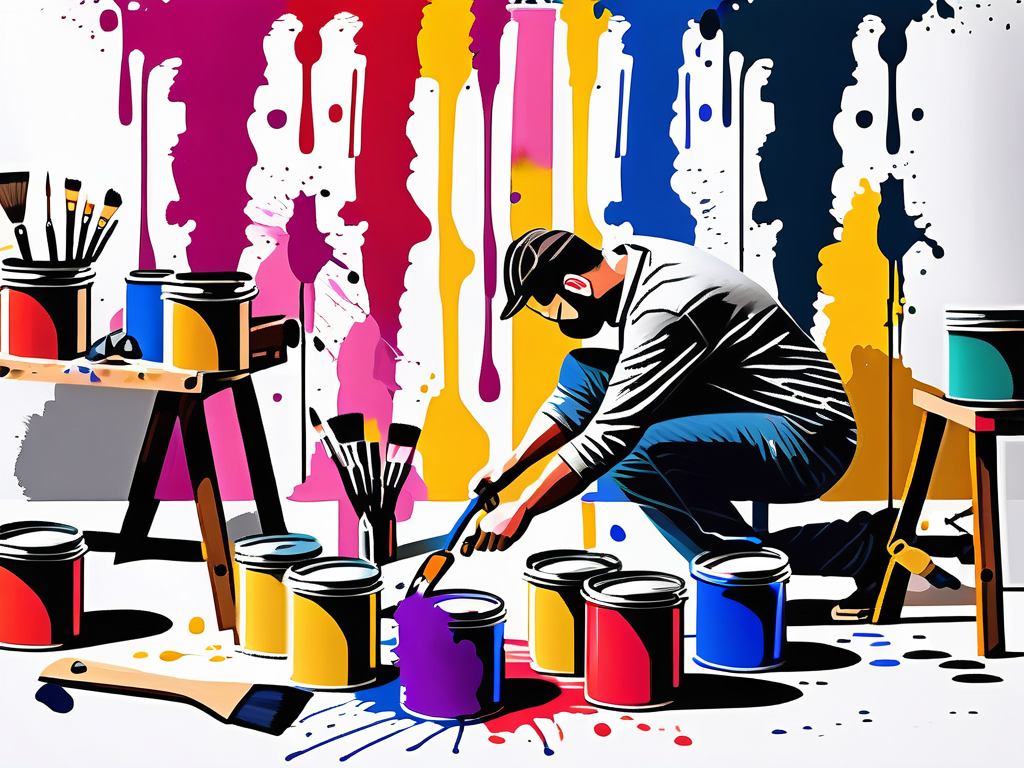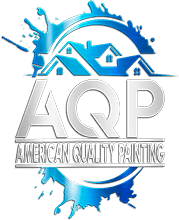When it comes to painting a home or business, the question often arises: should you hire a professional painter or attempt to do it yourself (DIY)? In Columbus, where weather elements can vary, the decision can significantly affect the quality and longevity of your paint job. This article explores the benefits of hiring a professional painter by delving into their skills and expertise, while also considering the common DIY approach. It provides insight into costs, quality of work, and safety considerations.
Understanding the Role of a Professional Painter
Professional painters play a crucial role in the maintenance and aesthetics of both residential and commercial properties. They are not just individuals who wield a brush; they are skilled artisans who possess knowledge of techniques, materials, and surfaces that can dramatically influence the outcome of any painting task.
The Skills and Expertise of a Professional Painter
The artistry involved in painting goes far beyond merely applying a coat of paint. Professional painters are trained to handle various techniques, from specialized finishes to the use of different types of paints suited for specific environments. They understand color theory, ensuring that clients select shades that complement each other and harmonize with the home’s architecture.
Additionally, a professional painter can better prepare surfaces for painting, which is critical for achieving a quality finish. They know how to identify potential issues like mold or dry rot and can recommend the appropriate solutions before the painting begins. This proactive approach not only saves time and money but also ensures that the integrity of the structure is preserved, preventing future complications that could arise from neglecting underlying problems.
The Tools and Equipment Used by Professional Painters
Just like any skilled trade, the right tools make a significant difference in the final product. Professional painters invest in high-quality brushes, rollers, and sprayers, tailored to various painting projects. For example, they often have access to industrial-grade equipment that ensures even coverage and a flawless finish.
Moreover, professional painters are equipped with safety gear and tools for high reach, such as ladders and scaffolding systems, which not only enhance efficiency but also minimize risk during the job. They also utilize advanced technology, like laser levels and paint sprayers with adjustable pressure settings, to achieve precision and efficiency that is often unattainable with standard tools. This level of professionalism not only elevates the quality of the work but also allows for quicker project completion, which is particularly beneficial for commercial clients who may have tight deadlines.
Furthermore, the choice of paint is equally significant, as professional painters are well-versed in the latest eco-friendly products that reduce environmental impact while still providing durability and aesthetic appeal. They can advise clients on low-VOC (volatile organic compounds) options that contribute to healthier indoor air quality, making them invaluable partners in both home improvement and sustainability efforts. This comprehensive knowledge ensures that every project not only looks great but also aligns with modern standards of health and environmental responsibility.
The DIY Painting Approach
On the flip side, many homeowners consider DIY painting as a cost-effective way to refresh their space. With the plethora of online resources available, it may seem straightforward. However, successful DIY painting requires thorough planning and knowledge, which can often be overlooked.

Common Challenges in DIY Painting
One common challenge faced by DIY painters is the lack of experience in surface preparation and paint selection. Improperly prepared surfaces can lead to peeling and chipping, which diminishes the beauty and longevity of the paint job. Understanding the nuances of different paint types—such as latex versus oil-based—can significantly impact the final appearance and durability of the finish. For instance, while latex paints are easier to clean up and dry quickly, oil-based paints can provide a smoother finish and better adhesion on certain surfaces.
Additionally, many DIYers underestimate the physical demands of painting, resulting in a project that may take longer and require more effort than anticipated. From moving furniture to navigating confined spaces, the scope of work can quickly become overwhelming. It’s also crucial to consider the need for proper ventilation and safety precautions, especially when using strong chemicals. Many DIY painters may overlook the importance of wearing masks or goggles, which can lead to health risks during the project.
The Time and Effort Involved in DIY Painting
Time management is another factor to consider when opting for a DIY project. Painting a room or an entire property can be tedious and time-consuming. Most DIY painters find that what they initially estimated would take a weekend often turns into a week or more of grueling work. This extended timeline can be particularly challenging for families or individuals with busy schedules, as it may disrupt daily routines and living arrangements.
Furthermore, the learning curve associated with painting can lead to mistakes that require redoing work, thus escalating the initial investment in both time and resources. For example, miscalculating the amount of paint needed can lead to multiple trips to the store, adding to the overall time spent on the project. Additionally, inexperienced painters may struggle with techniques such as cutting in along edges or achieving an even coat, which can necessitate additional layers of paint and further extend the project timeline. As a result, what begins as a simple DIY endeavor can quickly transform into a more complex undertaking, requiring patience and perseverance to achieve the desired results.
Comparing Costs: Professional vs. DIY
When evaluating whether to hire a professional painter or tackle the job yourself, cost is a major factor. It’s essential to consider both initial costs and long-term value as part of the equation.
Initial Costs vs. Long-Term Value
Initially, going the DIY route may appear less expensive; however, when you account for the prices of materials, tools, and unforeseen issues that arise, the costs can accumulate quickly. In contrast, hiring a professional painter may have a higher upfront cost, but their expertise can save you money in the long run by providing a more durable and visually appealing finish that may not require repainting for several years.
Hidden Costs in DIY Projects
Many DIY enthusiasts overlook hidden costs associated with their projects. For instance, mistakes and rework due to lack of expertise can lead to additional paint purchases and labor. Moreover, homeowners may not factor in the value of their time, which could be spent on other enjoyable or productive activities instead of laboring over a paint roller.
Quality and Longevity of Work
One of the primary reasons to hire a professional painter is the assurance of quality and durability. Professional painters are trained to get the job done right the first time, leading to a result that not only looks great but lasts longer.
The Impact of Professional Techniques on Durability
Techniques such as proper layering, choosing the right undercoat, and insulating surfaces before painting are just a few ways professional painters can enhance the durability of a paint job. They understand that each type of surface requires specific treatment to ensure the paint adheres properly and withstands environmental factors.
The Difference in Finish Quality
The final finish that a professional painter can achieve often far surpasses that of the average DIY project. Their experience allows for a seamless application, ensuring that there are no streaks or uneven patches. Quality finishes not only enhance the beauty of your property but also increase its overall value, making it more appealing to potential buyers.
Safety Considerations in Painting Projects
Paint projects, while seemingly straightforward, can pose various safety risks that many DIYers may not consider. Professional painters are trained to navigate these challenges effectively.
Risks Involved in DIY Painting
Common safety hazards include the use of ladders, exposure to harmful fumes, and the handling of heavy equipment. Many DIYers underestimate these risks, leading to potential injuries or health issues.
Furthermore, failure to address these concerns can result in accidents that not only endanger the person painting but can also affect others in the vicinity.
How Professionals Ensure Safety
Professional painters are well-versed in safety protocols, enabling them to mitigate risks effectively. They wear personal protective equipment (PPE), utilize proper ventilation techniques, and adhere to safety regulations to ensure a safe working environment.
In summary, while taking a DIY approach may appear attractive initially, professional painters offer invaluable skills, tools, and knowledge that lead to superior results. When considering a painting project in Columbus, the benefits of hiring a professional often outweigh the cost and effort associated with doing it yourself.

